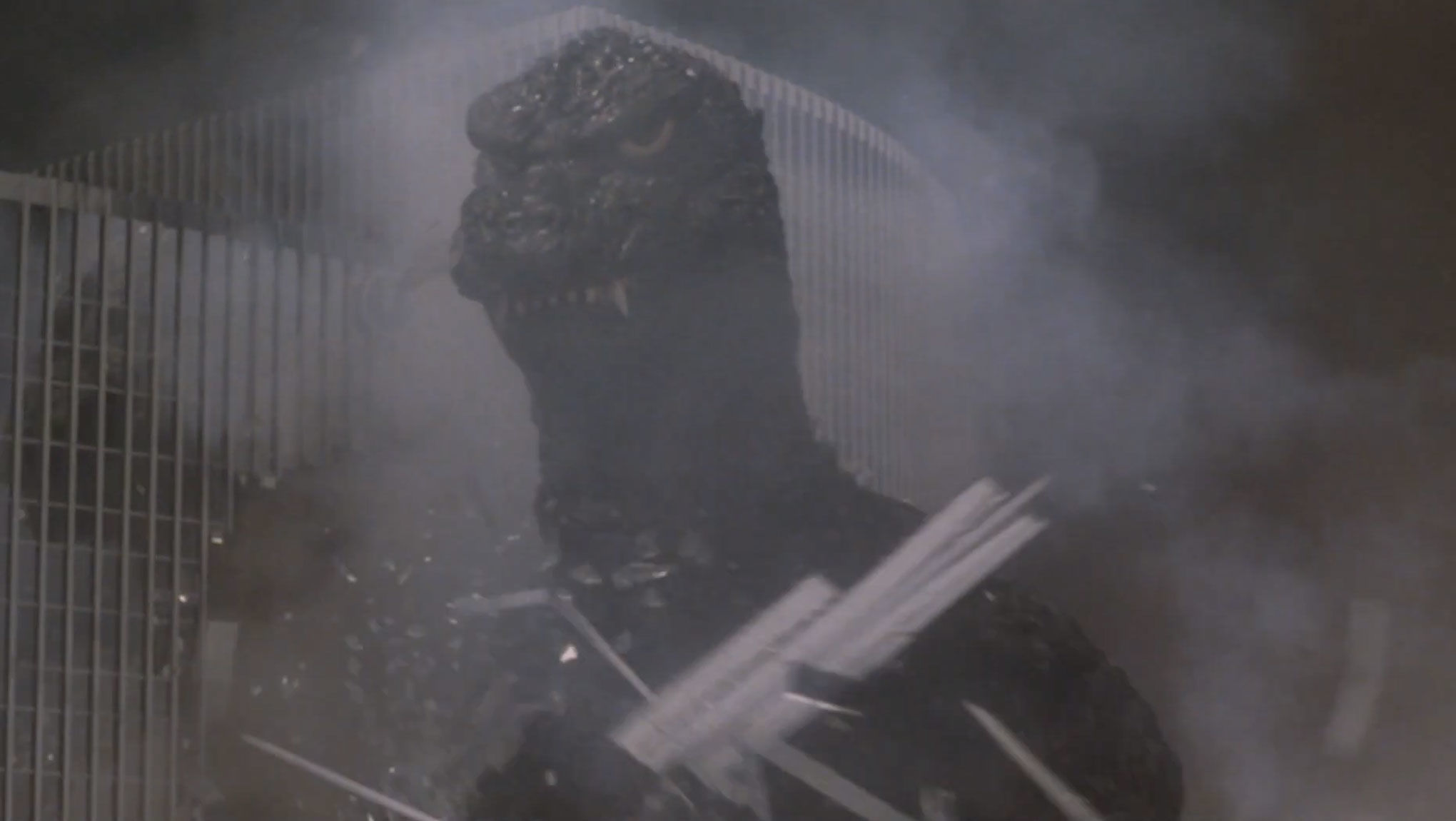Physical Address
304 North Cardinal St.
Dorchester Center, MA 02124
Physical Address
304 North Cardinal St.
Dorchester Center, MA 02124

This wasn’t the “Godzilla is sort of a hero” film or one of the campy monster romps that would come later in other entries. In that original harrowing piece of cinema, he is a straight-up terrifying force of nature that seemingly can’t be stopped. The only thing that has come close to capturing that same vibe is 2023’s Oscar-winning “Godzilla Minus One.”
It’s important to understand the context of how Godzilla was portrayed in this movie (along with the timeline of events). William Tsutsui, author of “Godzilla on My Mind: Fifty Years of the King of Monsters,” laid it out pretty succinctly:
“Japan was less than 10 years away from two atomic bombings, with almost 90 of its major cities having been reduced to rubble by conventional American bombing. Now imagine the Japanese audience seeing a giant monster come out of the ocean because of nuclear blasts and destroy civilization all over again. For today’s viewers, it’s hard to imagine seeing the film and leaving in tears not of laughter but of profound trauma and sadness, but I’ve talked to people who saw it then, and it was a gut-wrenching experience. And yet it was also cathartic in many ways. It captured in a very accessible, visceral way something that no charts or graphs or statistics could ever show.”
Maybe not all of the critics of the day understood “Godzilla” when it came out, but it has earned its place in cinema history for this reason. While certain entries in the franchise, such as “All Monsters Attack,” are flat-out silly, this remains a harrowing allegory for one of humanity’s greatest atrocities. That allowed an emotional release for audiences at the time. At their best, movies can be both entertaining and meaningful. It’s safe to say that this kaiju classic qualifies.
Source: various film historians



